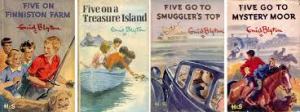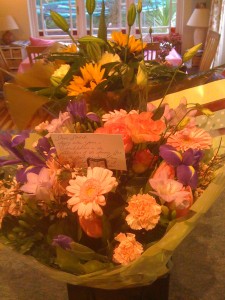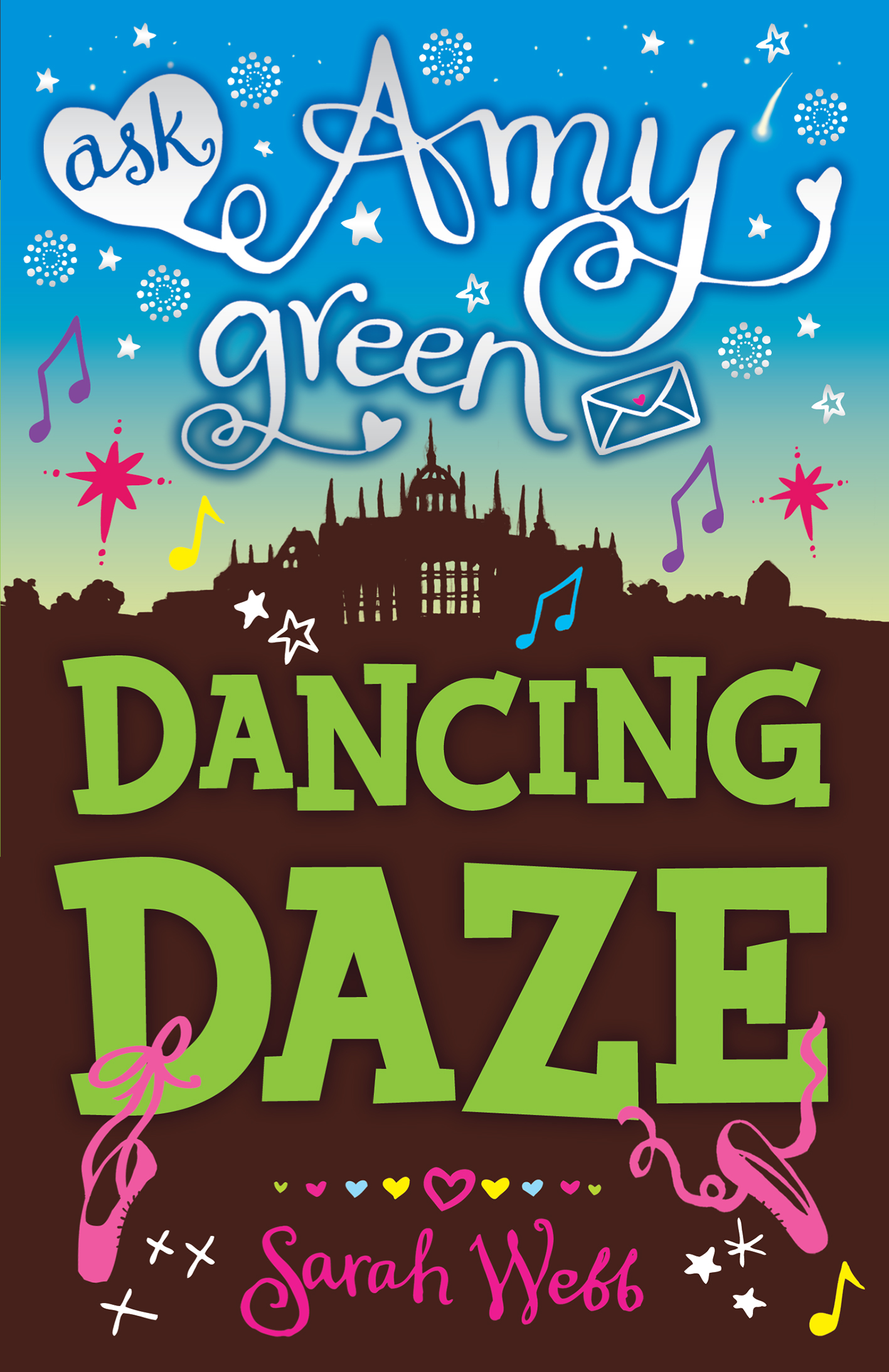Under the Hawthorne Tree was an international hit for its creator, Marita Conlon-McKenna, followed by seven further bestsellers for young readers. Her latest book for children, Love Lucie (Simon and Schuster) has just been published and she is currently working on her next adult novel, The Rose Garden. So why did she turn to adult fiction after so much success in the children’s world? “The Magdalen (Marita’s first adult novel, about the laundries for unmarried mothers) was a story I’d always wanted to tell,” she explains. “But because of the harsh subject I couldn’t write it for children or even teenagers. It was very successful and my publishers asked me to write another book for adults.”
“For me,” she continues, “the story decides the age group, not the other way around, I’m driven by story; and my publishers give me great freedom to write what I want. Irish writers don’t seem to get labelled or pigeonholed as much as other writers – they can write plays, musicals, screen plays and it’s very acceptable. In other countries they seem to like their writers to stay in their box. Irish writers are an unknown quantity, no-one knows they will do next.”
Like Marita, Wexford man, Eoin Colfer of Artemis Fowl fame always wanted to be a writer first and foremost, not a ‘children’s writer’. “I have had different stories in my head,” he says, “some suitable for kids, some for adults. I think because I have such an outlandish or maybe juvenile imagination some of my stories are definitely only for children, but recently some of the more complicated stories have been pushing themselves to the front of my brain. I also will admit to feel a little pressure (self-imposed) to write a book for grown-ups.”
Switching from writing for adults to writing for children is more usual and Judi Curtin, author of the popular Alice and Megan series did just that. Her first book Sorry, Walter was for adults but after finishing her second adult novel she wanted to write something that her daughters could read. “It was supposed to be a temporary change,” she says, “but it snowballed.” She has now written thirteen children’s books but is also exploring the adult world again. “There’s a story I’d like to tell which isn’t for children,” she says.
The Giggler Treatment, Roddy’s Doyle’s first book for younger readers was written to entertain his children. “I wrote a few pages towards the end of every working day,” he says, “and read them to them at bedtime, starting at the beginning every night. It gradually became a book.” When asked will he continue to write for children, he says “I’m not sure. My books for children have always been aimed at particular children - and children, I've noticed, tend to grow up and stop being children. But if the ideas are there and, more importantly, the urge to put them on paper is there, I'll still give it a bash.”
John Boyne had never thought about writing for young readers until the idea for The Boy In the Striped Pyjamas came into his head. He says “The experience I had with that book – going into schools, getting children interested in reading – opened up my imagination in a new way and I found that I wanted to write for both audiences.” Like Roddy, he will continue to write for both audiences. “In fact I've just delivered a draft of my next adult novel to my editor. I'll be rewriting that over the next six months or so but I've just started a draft of a new children's book too.”
Master of children’s horror, Darren Shan also started out writing for adults. His first adult book, Procession of the Dead was published in 1999, a year before Cirque Du Freak (his first children’s book). “I had written a lot of first-draft books by that stage,” he says, “all of which were aimed at adults. I thought that was where my career lay, but I’d always wanted to try a children’s book. One day I had the idea for Cirque Du Freak and by the time I had finished the first draft, I had already decided to write another book for children.”
Darren now writes for both children and adults. “I’ve learnt so much about pacing and editing while working on my children’s books, which has fed back into the books I write for adults. I love the dichotomy of moving between the two worlds (adult’s and children’s publishing),” he adds, “and I would love to be able to continue doing that far into the future.”
When asked which adult writer he’d like to see writing for children, Darren immediately says “Kurt Vonnegut – he could have been a great children’s author if he had been that way inclined.” Roddy Doyle’s choice is Anne Enright. “Any book for children by Anne would be magical.” Marita Conlon McKenna suggests Marian Keyes, and John Boyne would love to see David Mitchell tackle children’s literature. “Knowing his extraordinary imagination and linguistic abilities, I think (it) would be something very special,” he says.
And finally Eoin Colfer nominates Colm Toibin. “I would love him to be forced to call me and ask for advice on pacing,” he says, “so I could churlishly hang up. It's the auld Wexford-Enniscorthy rivalry!”
Will Eoin ever get his chance? We’ll just have to wait and see.
Sarah Webb has two books out this month, Ask Amy Green: Dancing Daze for young teens (Walker Books) and The Shoestring Club for adults (Pan Macmillan).



![IMG_4461[1]](https://images.squarespace-cdn.com/content/v1/58973315e4fcb5808a5b7d9e/1486377412374-N4FMM3IJPGA4FLHE08KP/img_44611-e1413837064268.jpg)
![IMG_4462[1]](https://images.squarespace-cdn.com/content/v1/58973315e4fcb5808a5b7d9e/1486377412203-07N7T8NBY0IYO743L4IH/img_44621-e1413837089589.jpg)




























![IMG_1863[1]](https://images.squarespace-cdn.com/content/v1/58973315e4fcb5808a5b7d9e/1486377446879-G0YXOL4ISVFTFRI6G0L5/IMG_18631-e1350983013257.jpg)
![IMG_1862[1]](https://images.squarespace-cdn.com/content/v1/58973315e4fcb5808a5b7d9e/1486377446719-90MQZ81MCX0QD2O6KDTD/IMG_18621.jpg)





